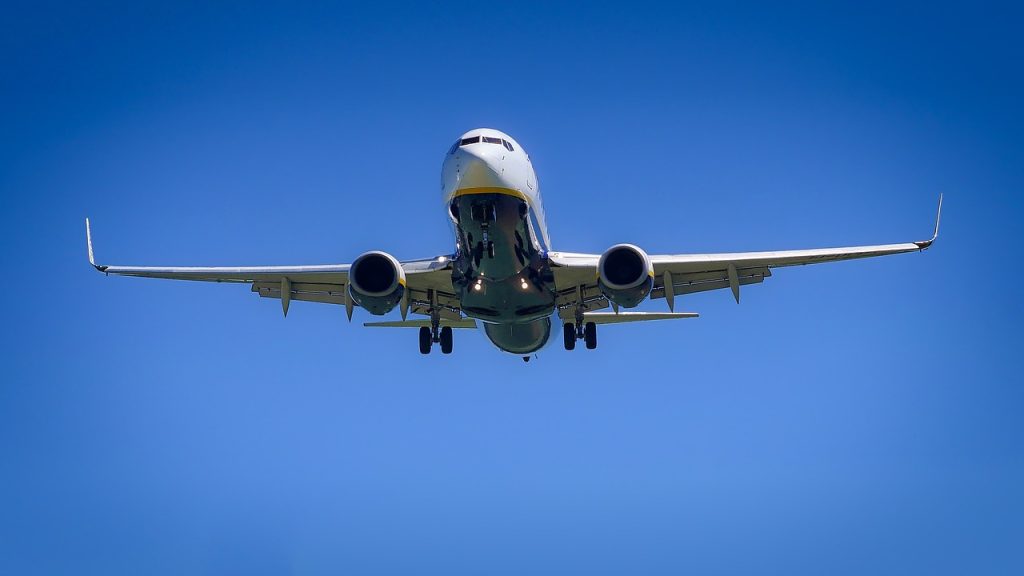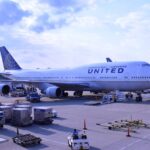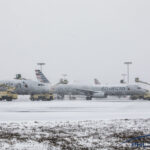Packing for air travel can be a daunting task, especially with varying luggage restrictions, security regulations, and personal preferences. However, with careful planning and organization, you can pack efficiently and ensure a hassle-free journey. In this comprehensive guide, we will cover everything you need to know about packing for air travel, including luggage types, packing techniques, and essential items to bring.
Choosing the Right Luggage
Selecting the appropriate luggage for your trip is essential for a stress-free travel experience. Consider the following factors when choosing your luggage:
a. Size and Weight Restrictions
Airlines have specific size and weight restrictions for carry-on and checked luggage. Check your airline’s website for their guidelines and choose luggage that meets these requirements to avoid additional fees.
b. Type of Luggage
There are various types of luggage available, including hard-shell suitcases, soft-sided bags, and backpacks. Hard-shell suitcases offer better protection for fragile items, while soft-sided bags and backpacks provide more flexibility in terms of fitting into overhead compartments or under the seat.
c. Wheels and Handles
Opt for luggage with smooth-rolling wheels and sturdy handles for easy maneuverability in airports and other transit areas. Four-wheeled suitcases, also known as spinner luggage, offer better mobility compared to two-wheeled alternatives.
Organizing Your Luggage
Proper organization is key to maximizing space in your luggage and ensuring that your belongings are easily accessible. Use the following techniques to optimize your packing:
a. Packing Cubes
Packing cubes are a game-changer when it comes to organizing your luggage. They come in various sizes, allowing you to compartmentalize your clothing and other items, making it easier to find what you need without rummaging through your entire suitcase.
b. Rolling and Folding Techniques
Use a combination of rolling and folding techniques to save space and reduce wrinkles in your clothes. Roll items like T-shirts, jeans, and casual dresses, while folding bulkier items like sweaters and jackets.
c. Layering
Pack heavier items at the bottom of your luggage and lighter items on top. This helps distribute the weight evenly and prevents delicate items from getting crushed.
d. Utilizing Empty Spaces
Make the most of the empty spaces in your luggage by filling shoes with small items like socks, chargers, or toiletries. This not only saves space but also helps your shoes maintain their shape.
Packing Essentials for Air Travel
When packing for air travel, it’s important to consider the essentials that will make your journey more comfortable and enjoyable. Here are some must-have items:
a. Travel Documents
Ensure you have all necessary travel documents, including your passport, driver’s license, boarding passes, and travel itinerary. Keep these items in a secure and easily accessible place, such as a travel wallet or a designated pocket in your carry-on.
b. Medications and Toiletries
Pack any necessary prescription medications, as well as a small first-aid kit with over-the-counter remedies for common ailments like headaches, allergies, and motion sickness. Remember to pack travel-sized toiletries that comply with the Transportation Security Administration (TSA) 3-1-1 liquid rule for carry-on luggage (3.4 ounces or 100 milliliters per container, stored in a single, one-quart-sized clear plastic bag).
c. Electronics
Bring essential electronics like your smartphone, tablet, or laptop, along with their chargers and any necessary adapters. Consider investing in a portable power bank to keep your devices charged during long flights or layovers.
d. Snacks and Hydration
Pack some healthy snacks, such as nuts, granola bars, or dried fruit, to curb hunger during your journey. Airplane food can be limited and expensive, so having your snacks can save you money and ensure you have something to eat that suits your preferences. Additionally, bring an empty reusable water bottle that you can fill up after passing through security. Staying hydrated is crucial during air travel, as the cabin air can be dry and dehydrating.
e. In-flight Comfort Items
For a more comfortable flight, pack items such as a travel pillow, eye mask, earplugs, or noise-canceling headphones. These items can help you sleep and rest better on long flights, ensuring you arrive at your destination refreshed and ready to explore.
f. Entertainment
Download movies, TV shows, podcasts, or audiobooks onto your devices to keep yourself entertained during the flight. Don’t forget to pack a good book or a travel journal to pass the time during layovers or in case your devices run out of battery.
g. Travel Clothing
Dress in comfortable and breathable layers for air travel, as the temperature inside the airplane can vary. Opt for clothes that are easy to remove or add as needed. Don’t forget to pack a lightweight scarf or travel blanket to keep you warm during the flight.
h. Miscellaneous Items
Pack a pen for filling out customs forms, a reusable shopping bag for any purchases made during your trip, and a luggage lock to secure your belongings. Additionally, bring photocopies of important documents, such as your passport and travel insurance, in case the originals are lost or stolen.
Packing Tips for Specific Travel Situations
Different travel situations require specific packing considerations. Here are some tips for various circumstances:
a. Traveling with Children
When traveling with children, pack extra clothing, snacks, and activities to keep them entertained during the flight. Remember to bring any necessary items for infants, such as diapers, wipes, and formula.
b. Business Trips
For business trips, pack a separate garment bag for suits or other professional attire to minimize wrinkles. Additionally, bring business cards, a portfolio or briefcase, and any necessary presentation materials.
c. Adventure Travel
If you’re embarking on an adventure or outdoor trip, pack lightweight, quick-drying clothing, and any specialized gear required for your activities. Consider using a backpack or duffel bag for easier transportation of your belongings.
Security Regulations and Restrictions
Familiarize yourself with the security regulations and restrictions for air travel to ensure a smooth experience at the airport:
a. TSA 3-1-1 Rule
As mentioned earlier, the TSA 3-1-1 rule limits the size of liquids, gels, and aerosols in carry-on luggage. Make sure your toiletries comply with these regulations to avoid delays and confiscations at security checkpoints.
b. Prohibited Items
Review the list of prohibited items on the TSA website, as well as the specific restrictions for your airline and destination country. This will help you avoid packing items that could cause problems during security checks or upon arrival at your destination.
c. Carry-on vs. Checked Luggage
Determine which items should be packed in your carry-on and which should be checked. Valuables, important documents, medications, and fragile items should always be carried with you. However, some items, such as large liquids or sharp objects, must be packed in checked luggage.
Conclusion
Packing for air travel requires careful planning, organization, and attention to detail. By choosing the right luggage, employing efficient packing techniques, and packing essential items, you can ensure a smooth and enjoyable journey. Additionally, familiarizing yourself with security regulations and restrictions will help you avoid potential issues at the airport. With these tips in mind, you can confidently pack for your next flight and embark on your adventure with ease.














